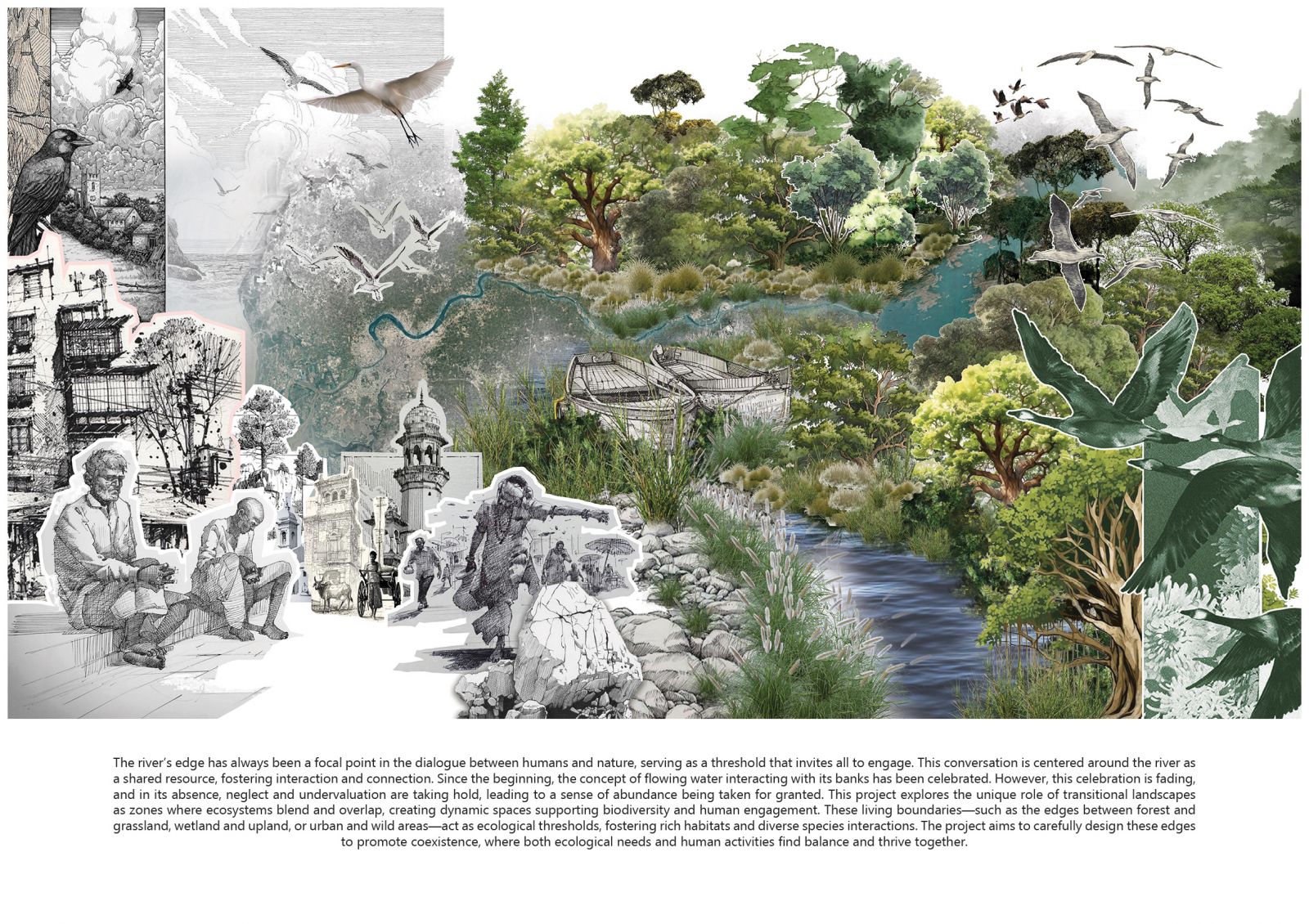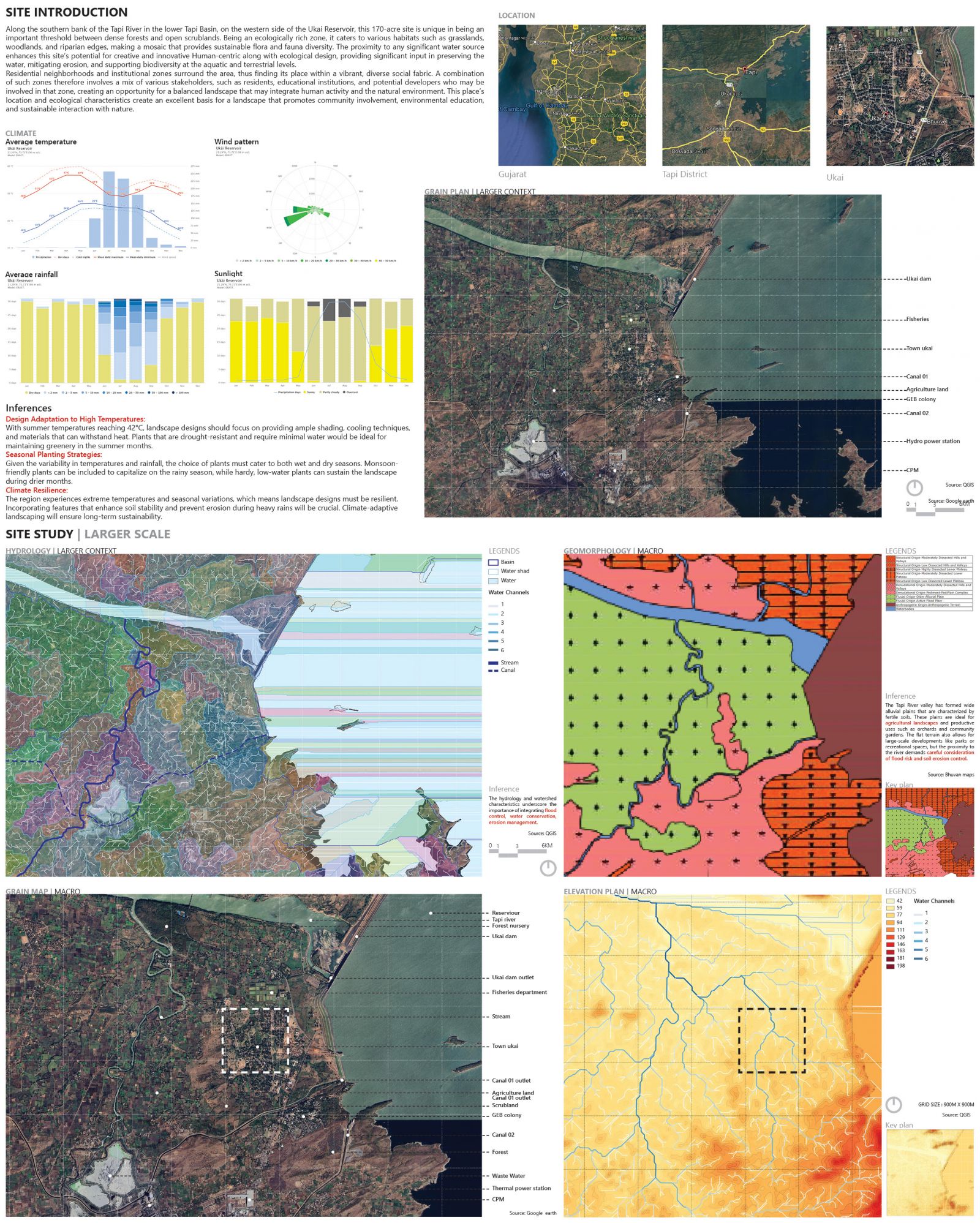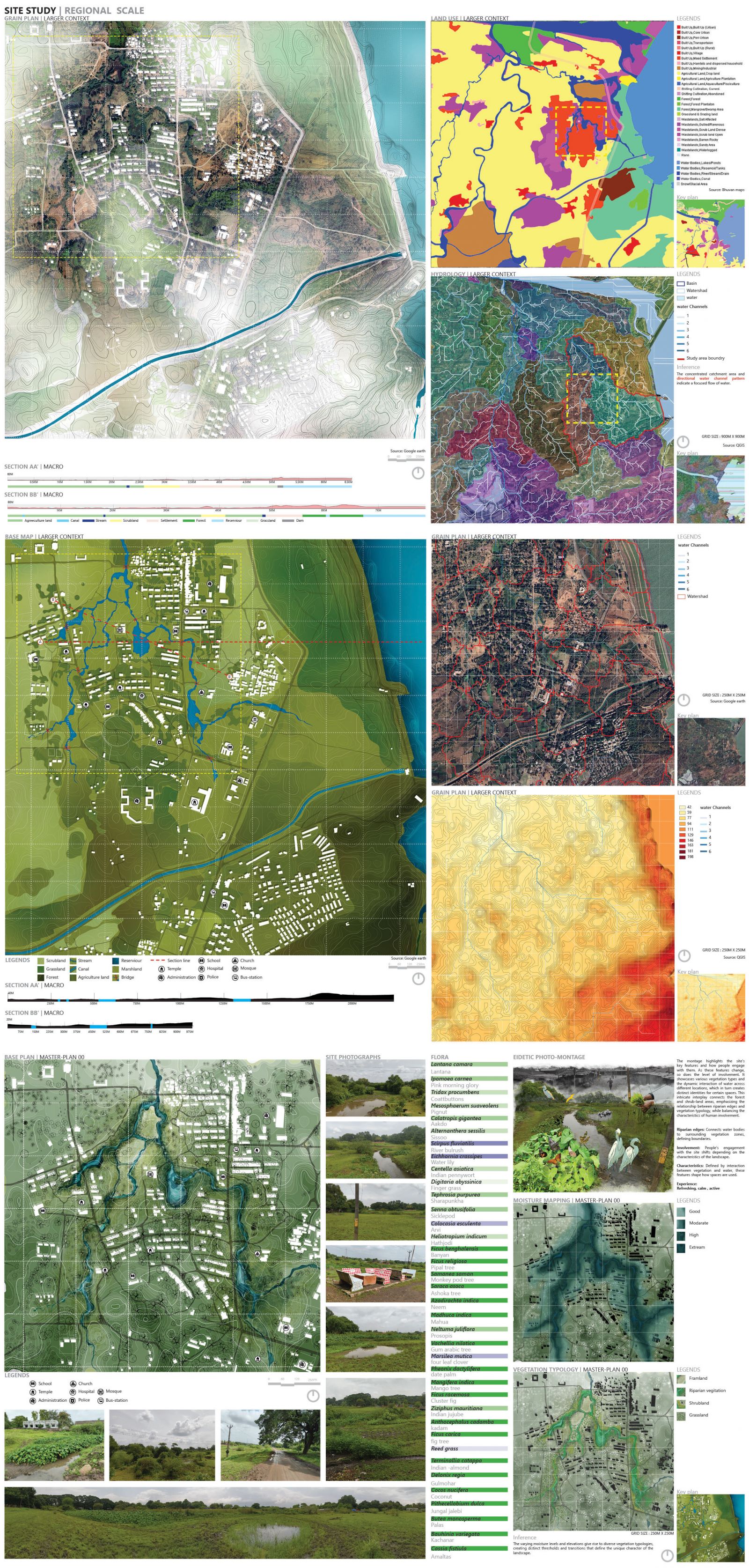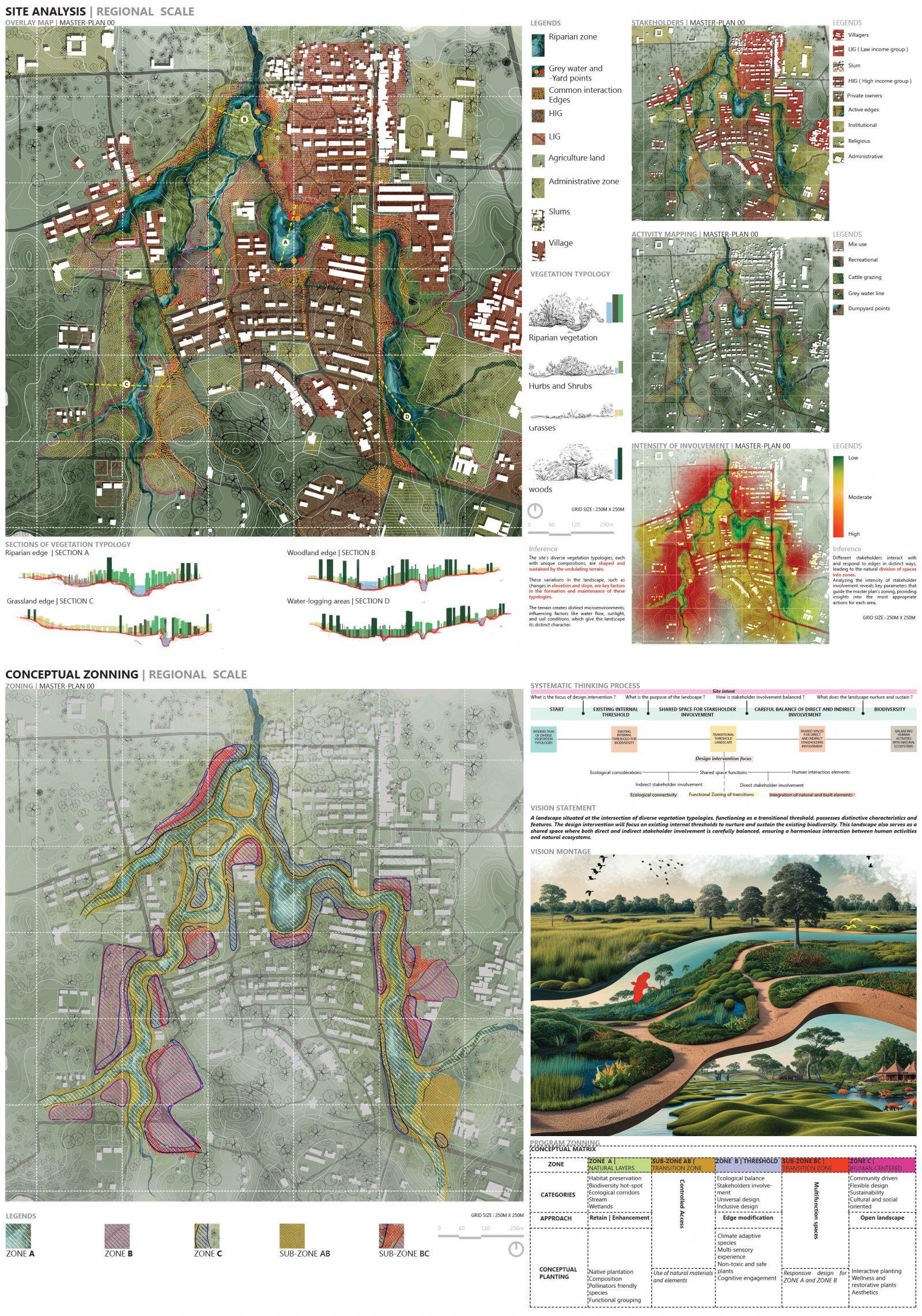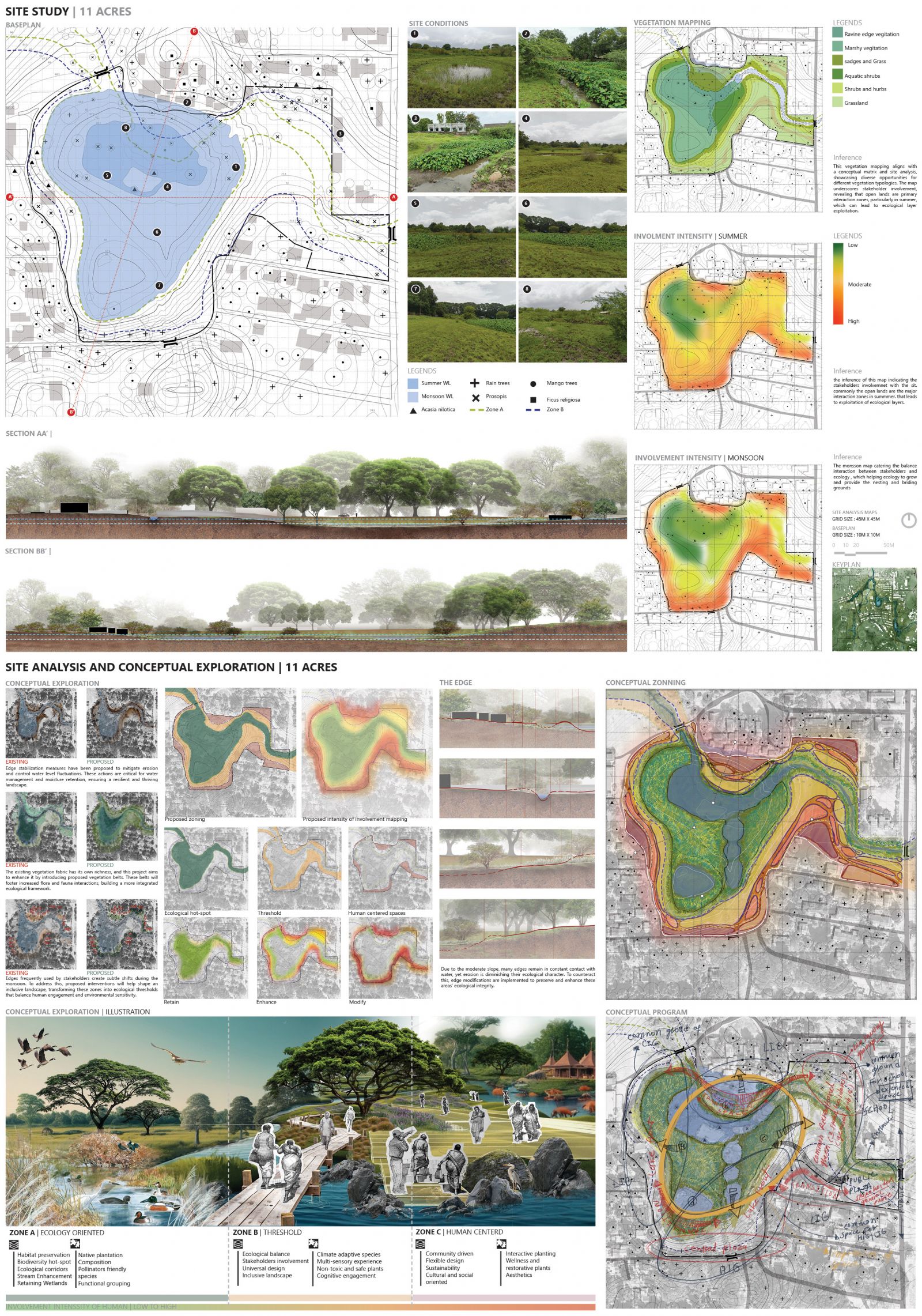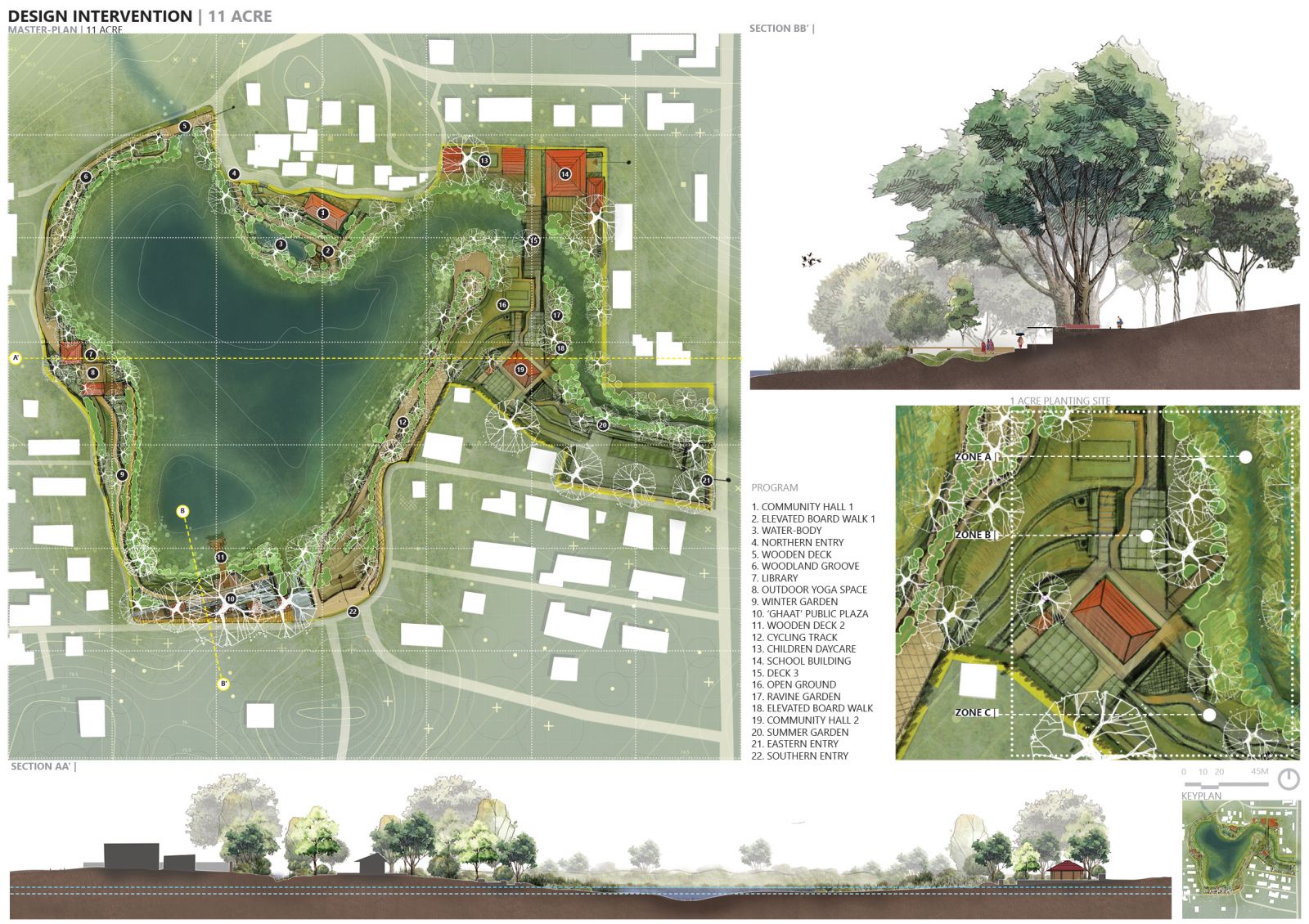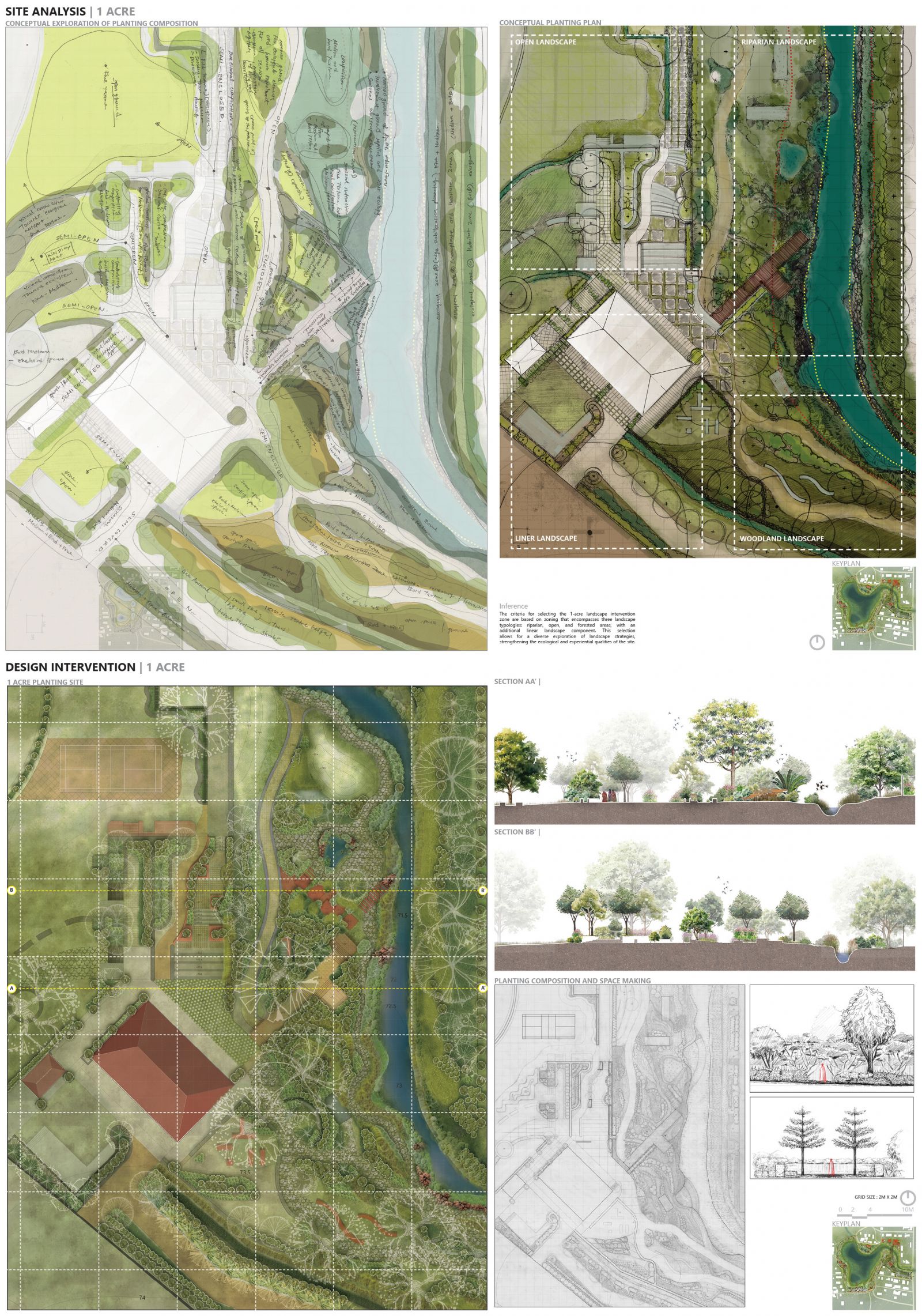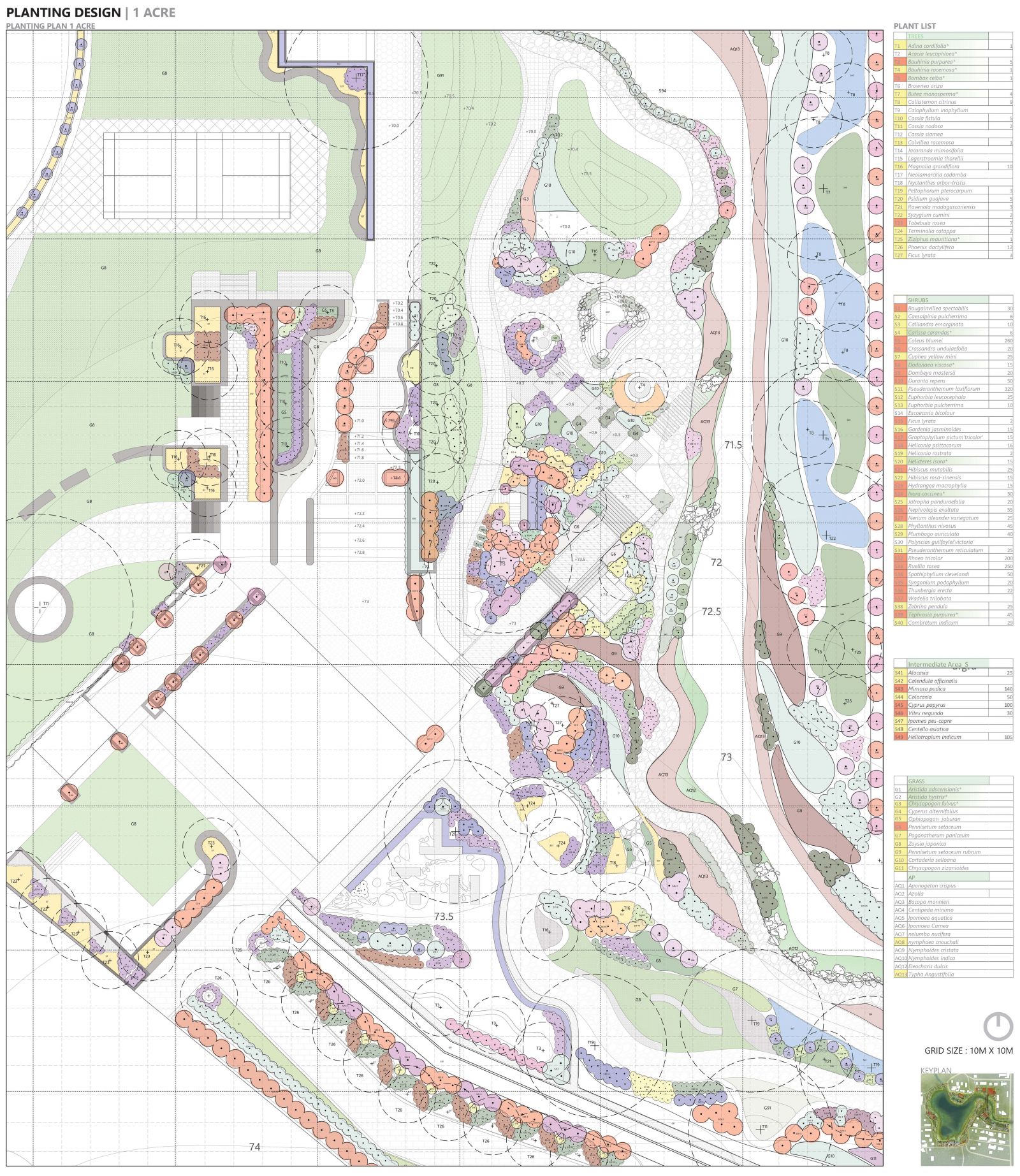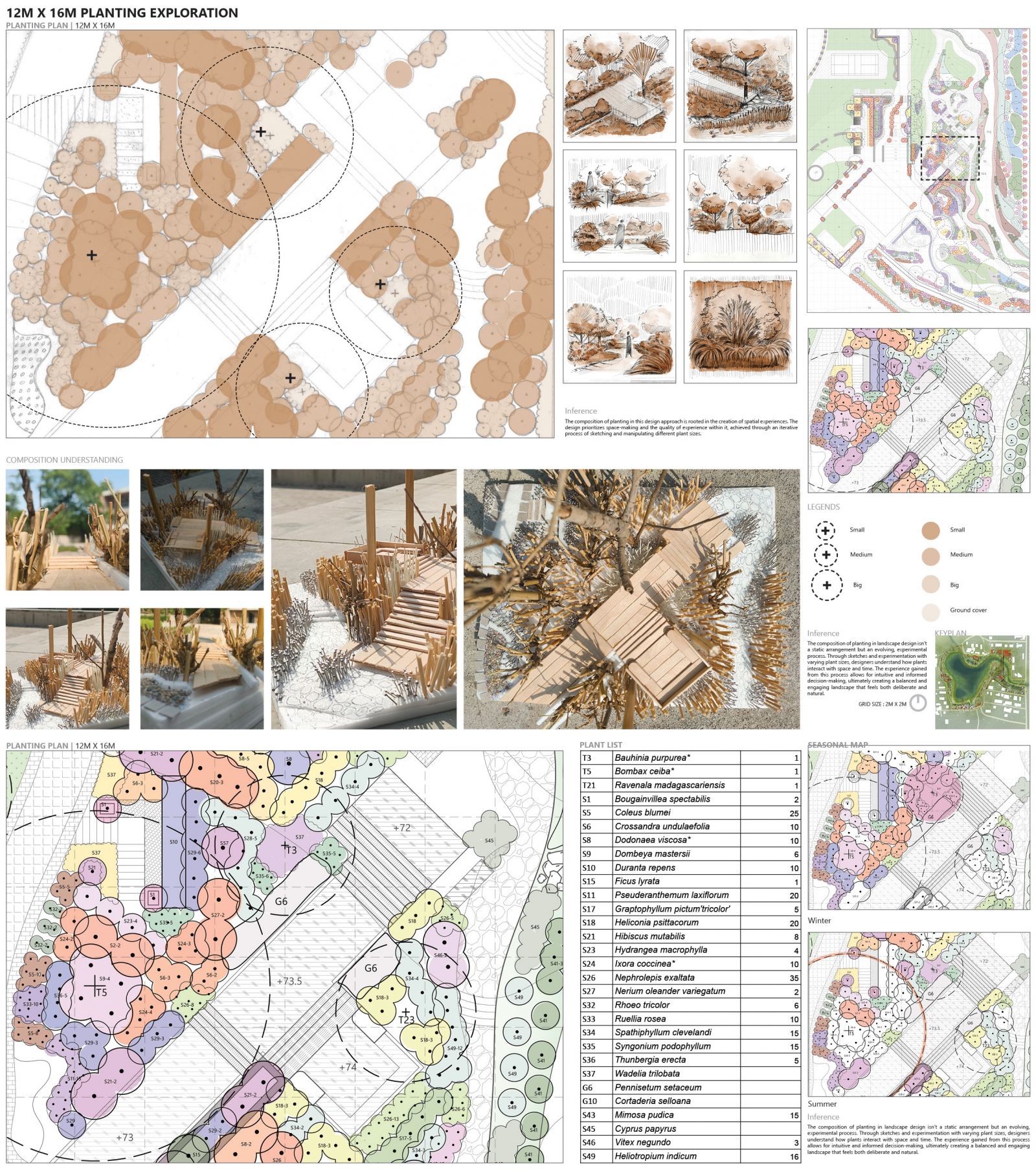Your browser is out-of-date!
For a richer surfing experience on our website, please update your browser. Update my browser now!
For a richer surfing experience on our website, please update your browser. Update my browser now!
The project envisions “The Edge Effect” as active, functional spaces within the landscape that are carefully cultivated to sustain biodiversity while allowing for respectful human presence. By focusing on the concept of edges as transitional spaces, this design approach highlights the ecological significance of these areas, transforming them into purposeful habitats that attract wildlife, provide resources, and create opportunities for people to engage with nature. Here, the goal is to create a landscape that respects natural processes and nurtures human connection to the land, fostering a culture of coexistence. The project aims at changing transitional landscapes into livelier, biodiversity environments in which ecology and human intervention are intertwined and find a balance. Celebrating its function as the natural threshold between the two major ecosystems, it lies at the riparian edge of an important stream of water. “The edge effect” aims to redefine transitional landscapes as valuable ecological assets that promote co-existence and flourishing of human-nature relations by improving biodiversity and opportunities for stakeholders—residents, institutions, and visitors—to interact with the riparian zone. Further engagement of stakeholders will be needed to take the project further, but it will need to ensure that the design is responsive to community needs while maintaining ecological integrity.
View Additional Work